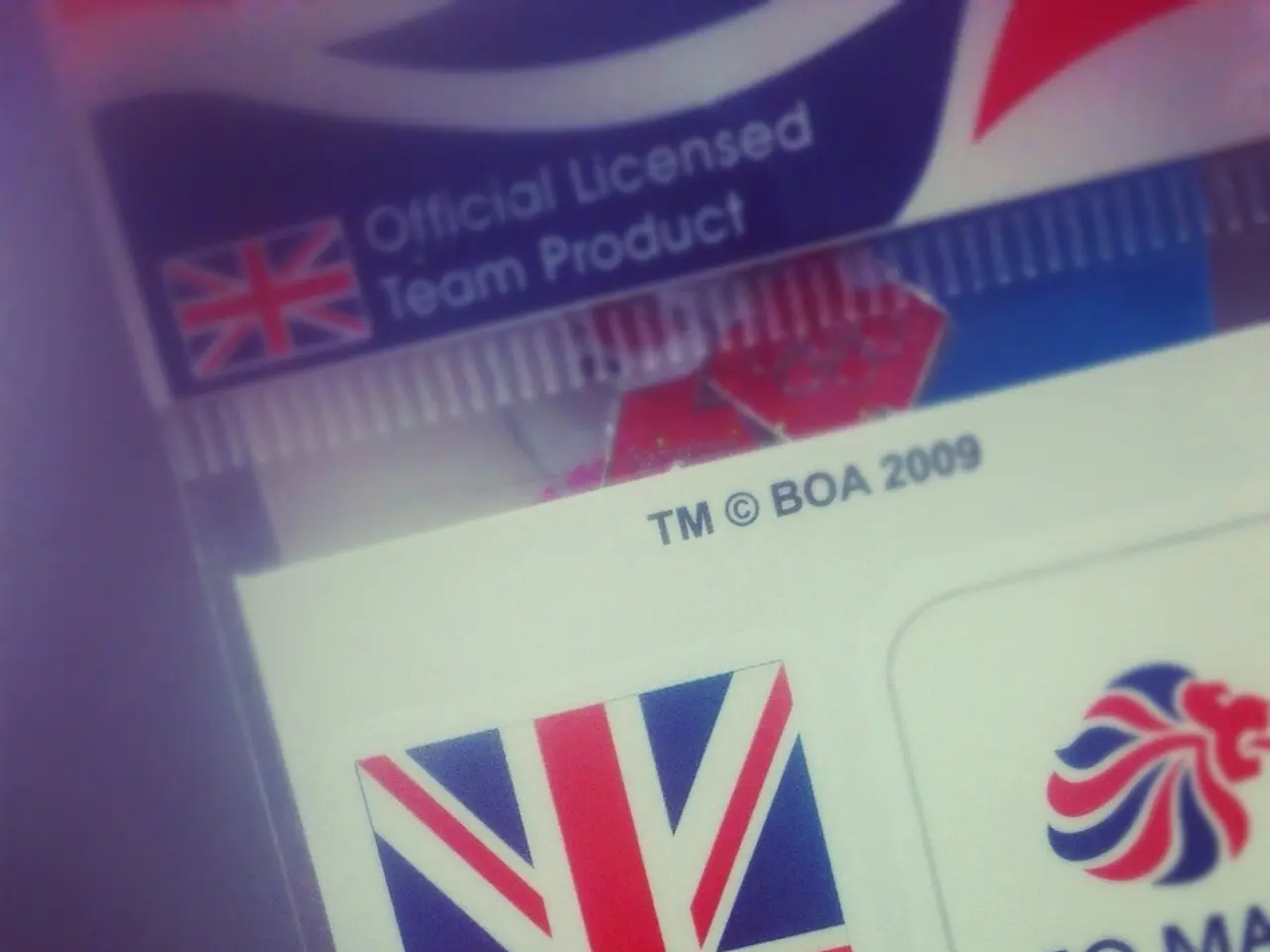Immigrants in the United States face a record wait amidst a growing backlog, specifically affecting H-1B workers and Green Card applicants from India.
The U.S. immigration system is currently experiencing an unprecedented crisis, with over 11.3 million pending applications managed by the U.S. Citizenship and Immigration Services (USCIS) as of this quarter. This backlog is particularly affecting Indian professionals, who form the largest share of H-1B visa holders and employment-based green card seekers.
For the first time in over a year, a "frontlog" of over 34,000 cases has yet to be opened or entered into the system. This delay results in Indian professionals having to remain on H-1B status for extended periods, creating vulnerability if laid off, since they must find new employment within 60 days or leave the U.S.
Indian applicants cannot open their own businesses while on a H-1B, and maintaining H-1B status is challenging due to strict rules and a tough job market. As a result, many are forced to take lower-paying jobs.
Green card renewals (Form I‐90) are averaging over 8 months, marking a 938% rise in a single quarter. The number of work permits (Form I‐765) pending has doubled to more than 2 million cases, reflecting a 79% increase.
The consequences of the backlog extend beyond individuals, affecting U.S. companies, particularly in technology, healthcare, and research, by limiting access to key talent pipelines.
The backlog crisis is not just a product of volume but also of policy choices and institutional neglect. Delays have worsened in several immigration categories. Employment visas (Form I‐129) now take 25% longer to process compared to the previous quarter, reflecting an 80% increase year-over-year.
The new administration's immigration crackdown has slowed down immigration processing times. Visa backlogs have increased due to new social media vetting policies.
Potential solutions and coping strategies discussed include seeking premium processing service when financially feasible to shorten H-1B adjudication time, employers and employees navigating tighter timelines carefully, advocacy for policy reforms that increase green card numbers or remove per-country caps, preparing for extended visa processing times, and legal support and consultation to handle complex and evolving immigration rules effectively.
In summary, Indian H-1B professionals are caught in a system strained by historic backlogs, staffing shortages, and shifting policies that threaten their job security and ability to maintain legal status. While premium processing and legal counsel can mitigate some risks, broad systemic reforms and increased visa availability are essential to resolve these challenges long-term.
- The backlog in the U.S. immigration system, particularly affecting Indian professionals, has led to a rise in the need for skills training, education-and-self-development, and career-development, as many are forced to take lower-paying jobs.
- The consequences of the immigration backlog are not limited to individuals but also impact workplace-wellness, as U.S. companies in sectors like technology, healthcare, and research struggle to access key talent pipelines due to limited access to key foreign workers.
- The prolonged processing times for green card renewals and work permits have raised concerns in the realm of policy-and-legislation, with advocates calling for policy reforms that increase green card numbers or remove per-country caps to alleviate the backlog crisis.
- The current untenable situation faced by Indian H-1B professionals highlights the importance of general-news reporting and informed discussions around politics, as increased public awareness might bring about the necessary policy changes required to address the issue of immigration backlogs and ensure a more stable work environment for all.




